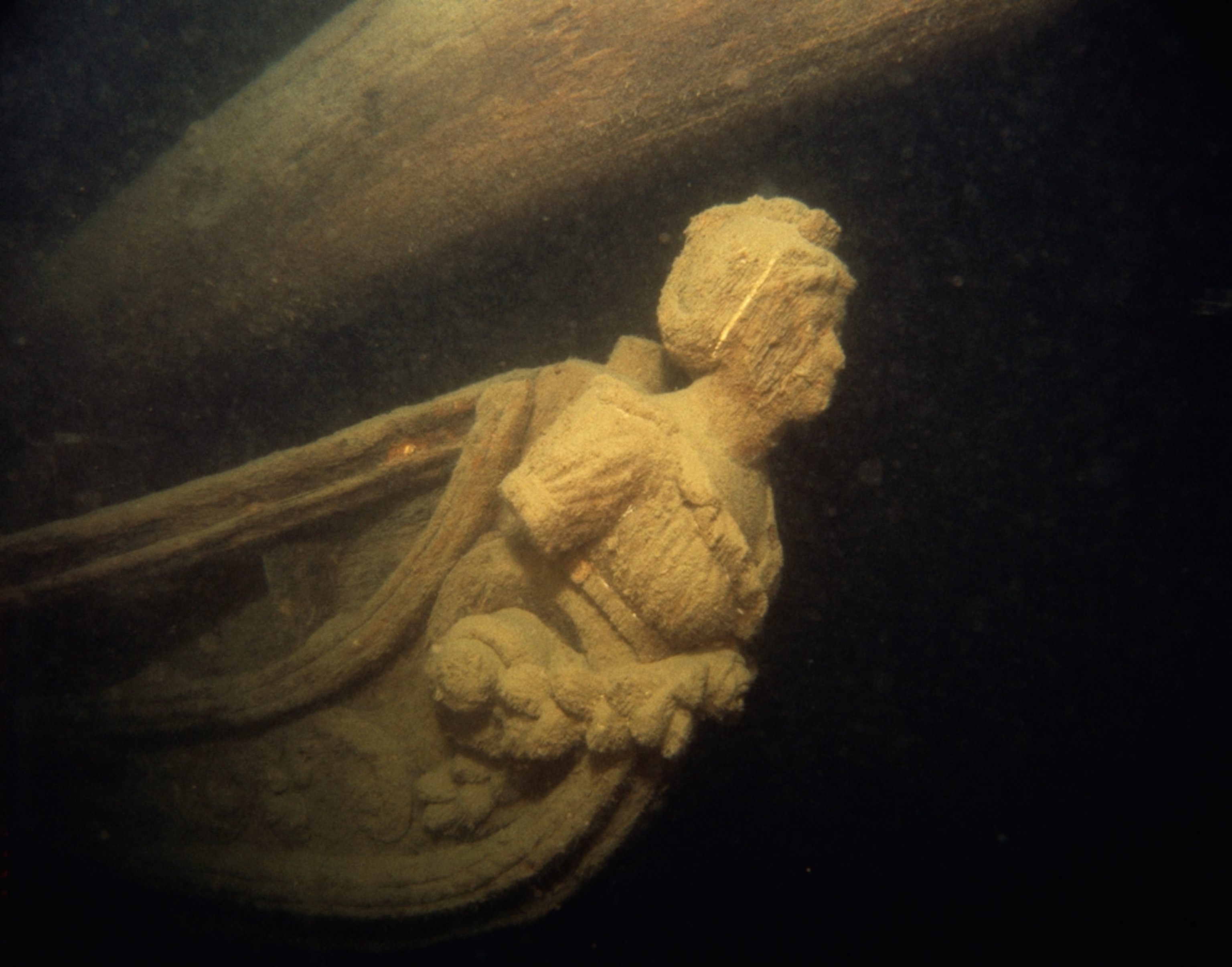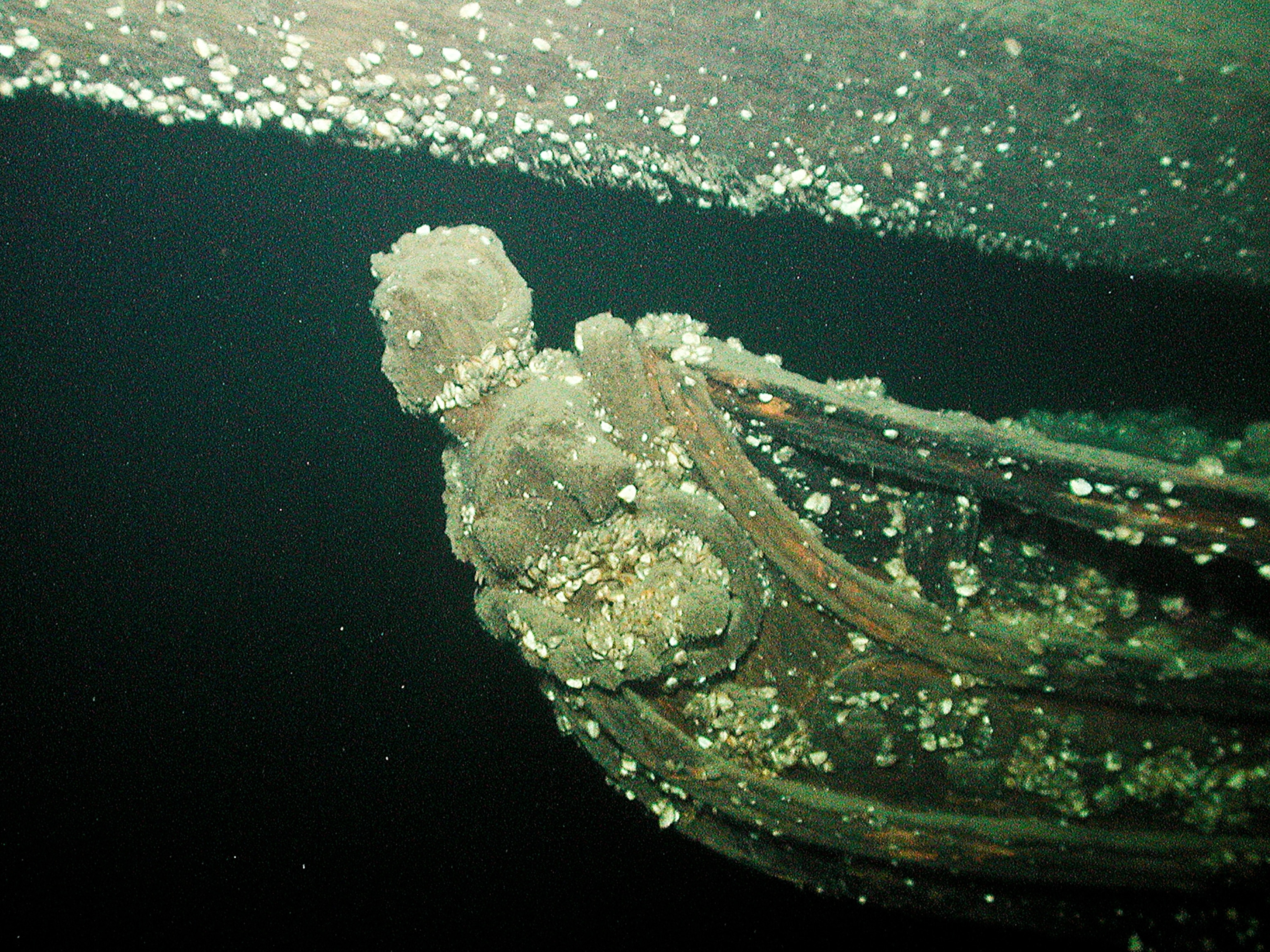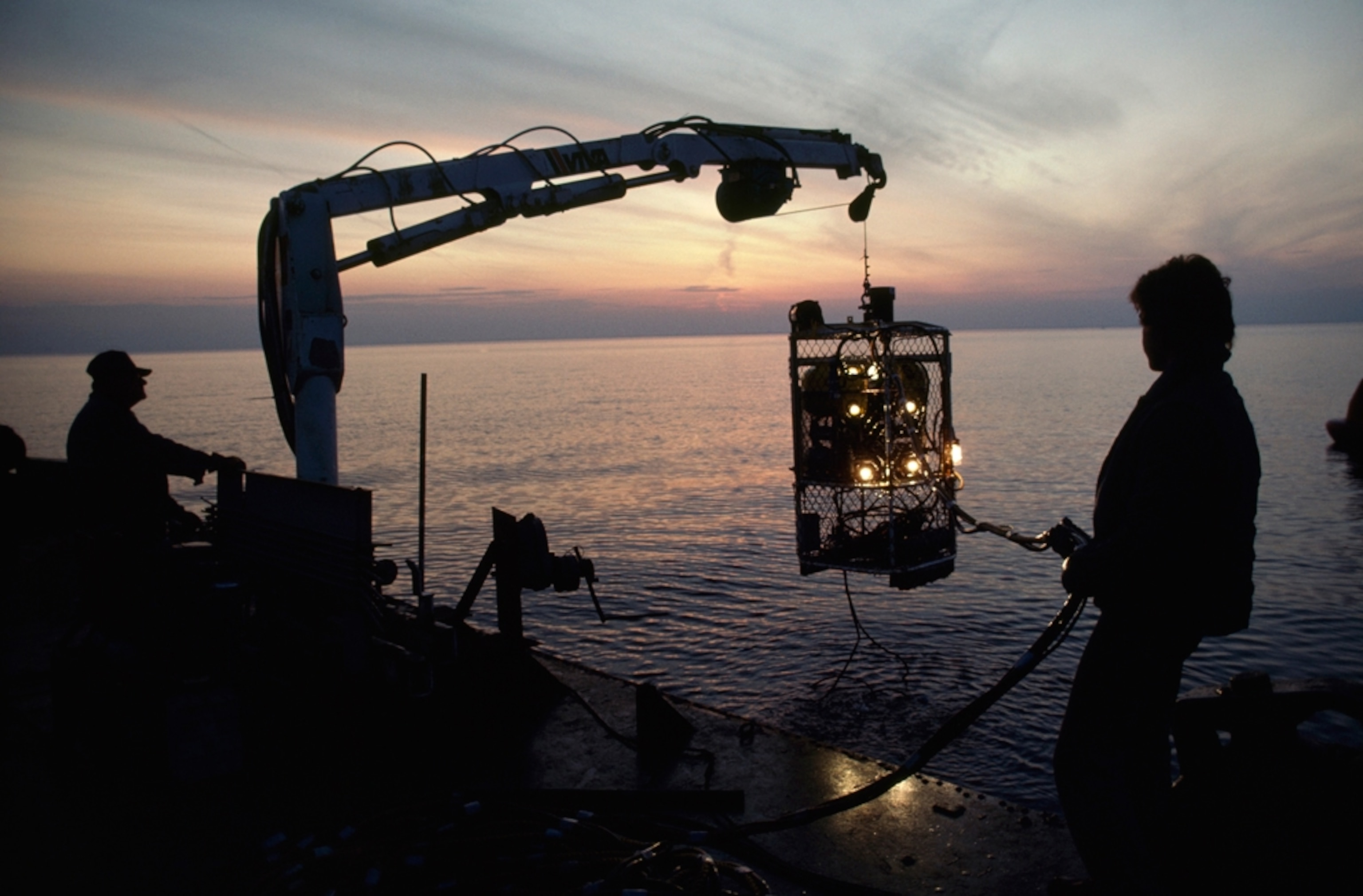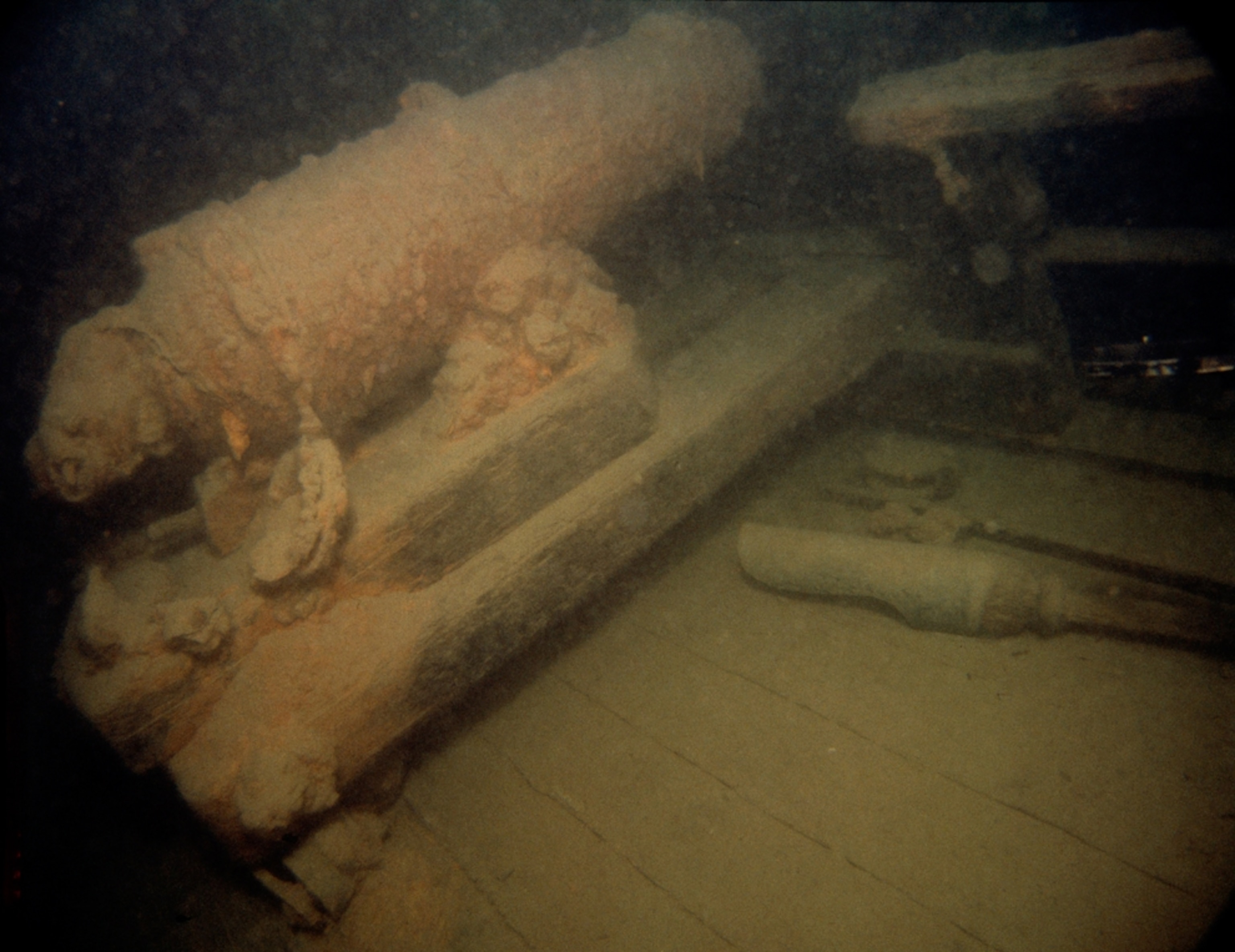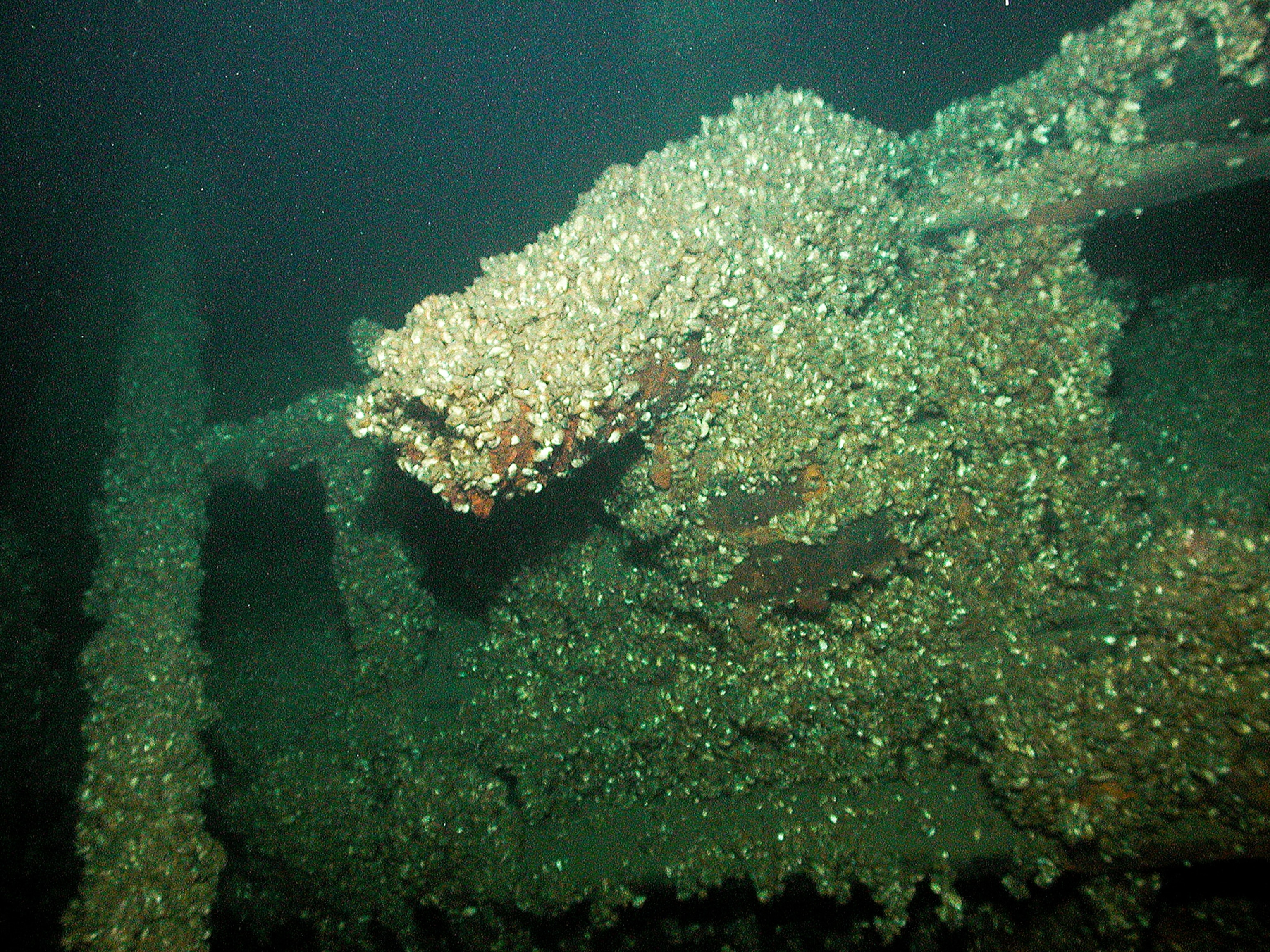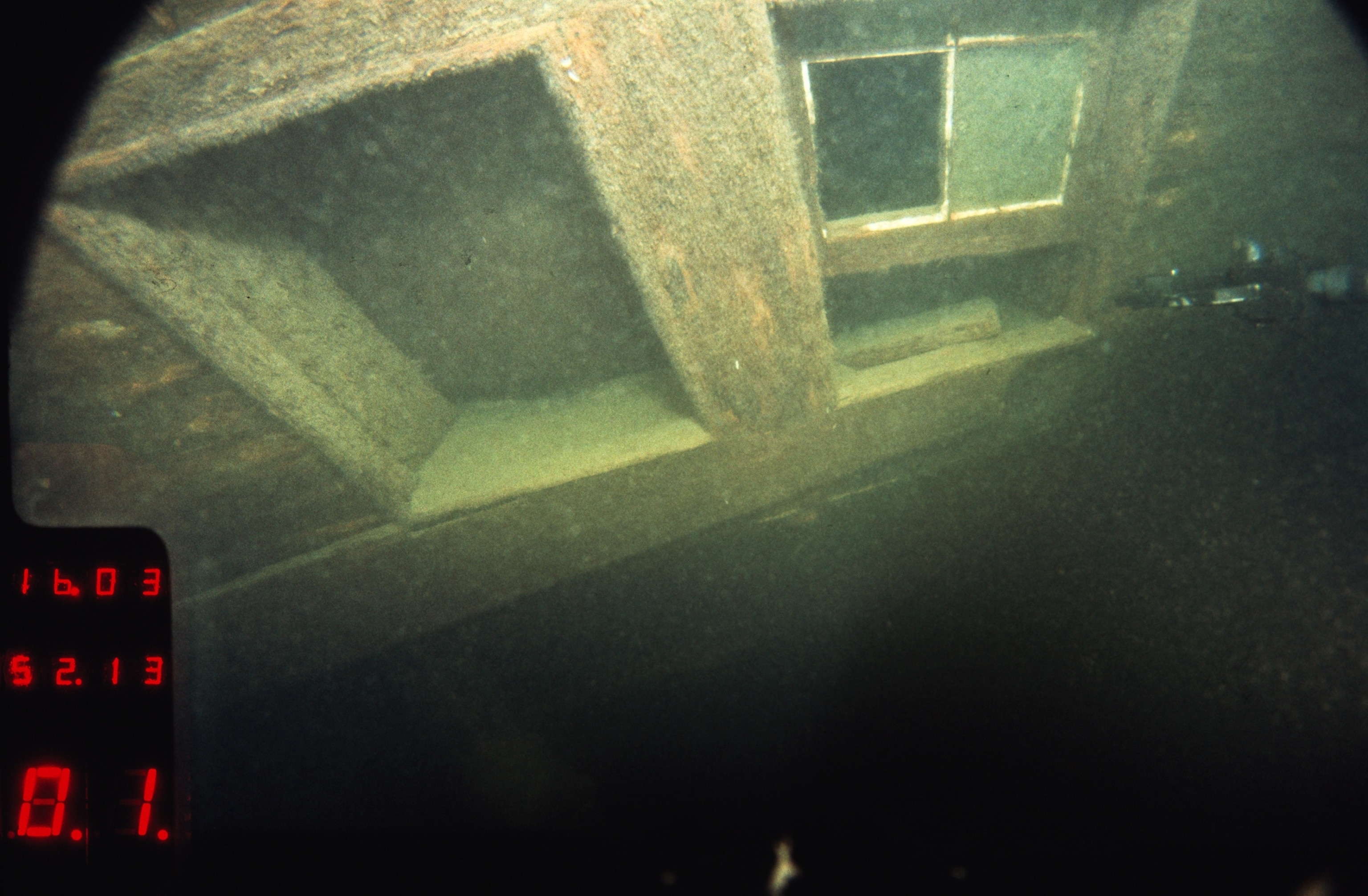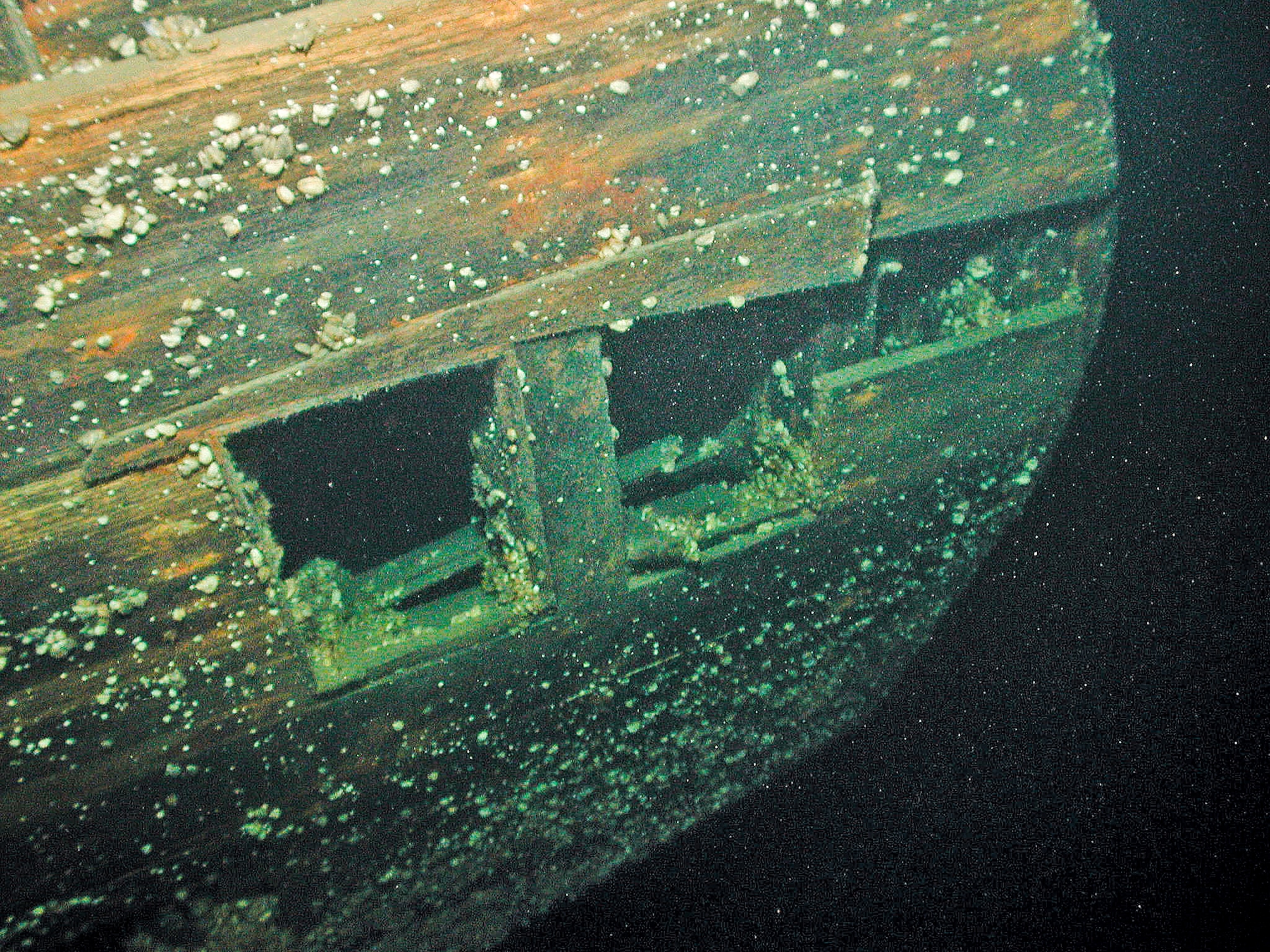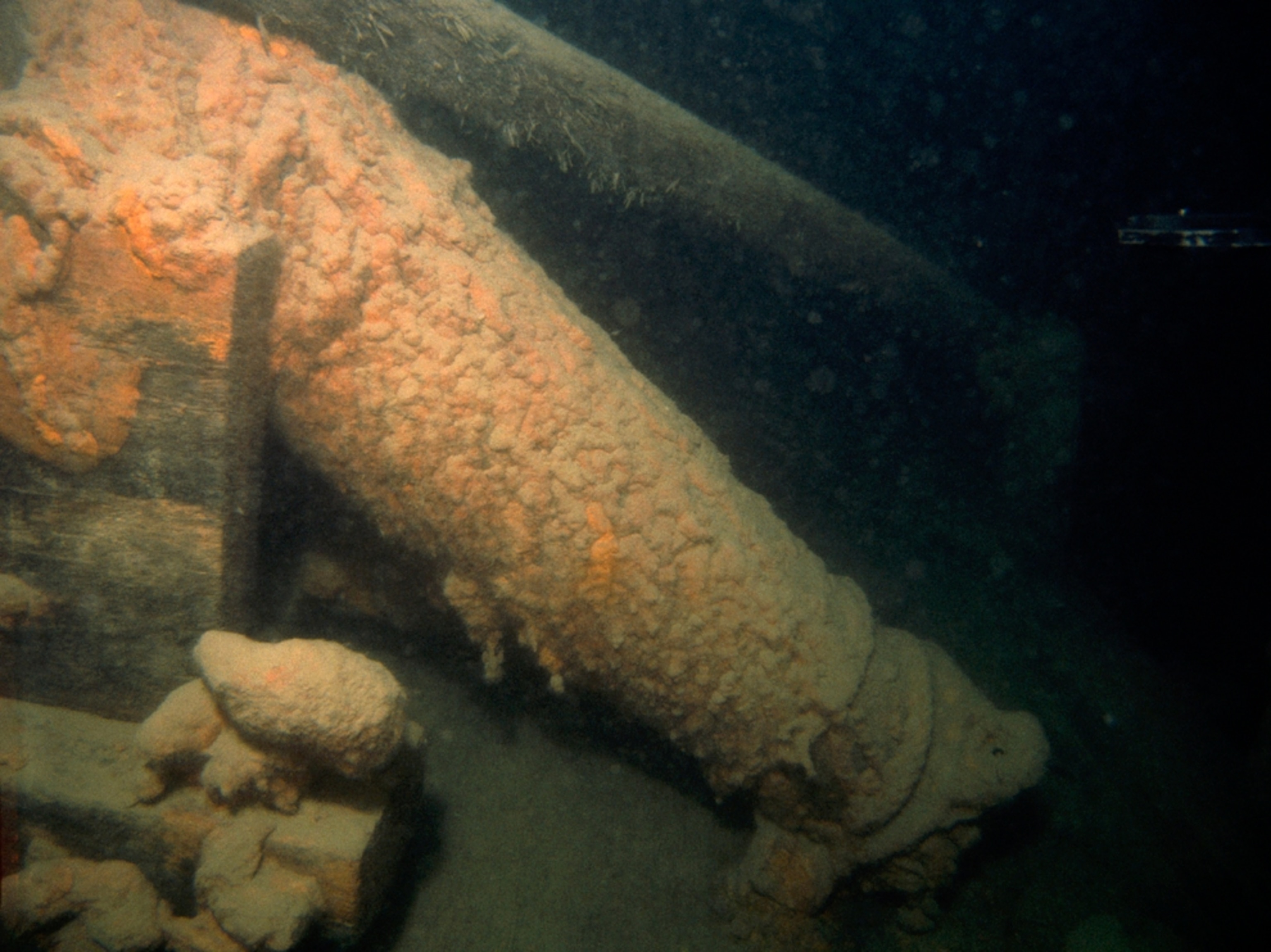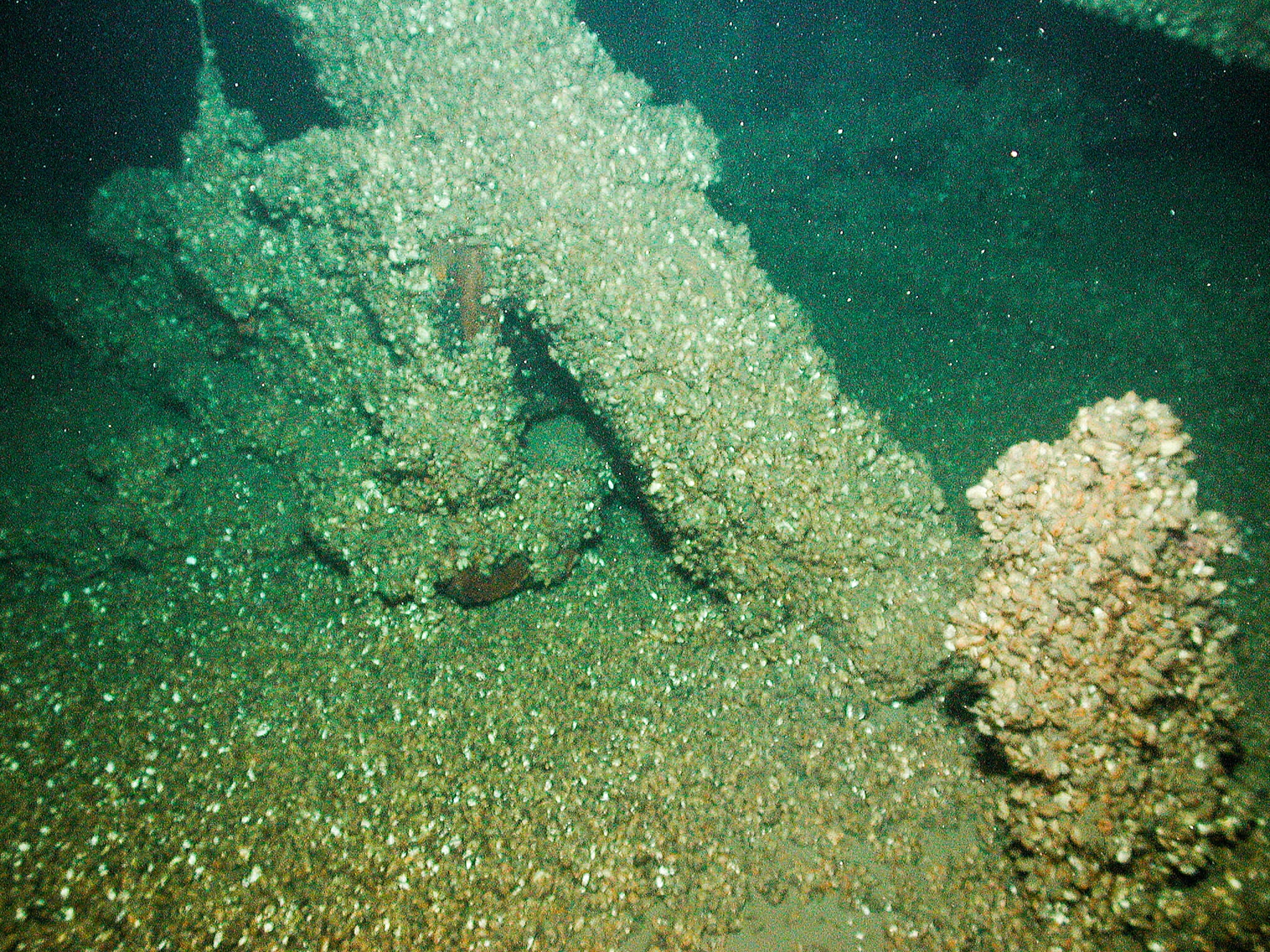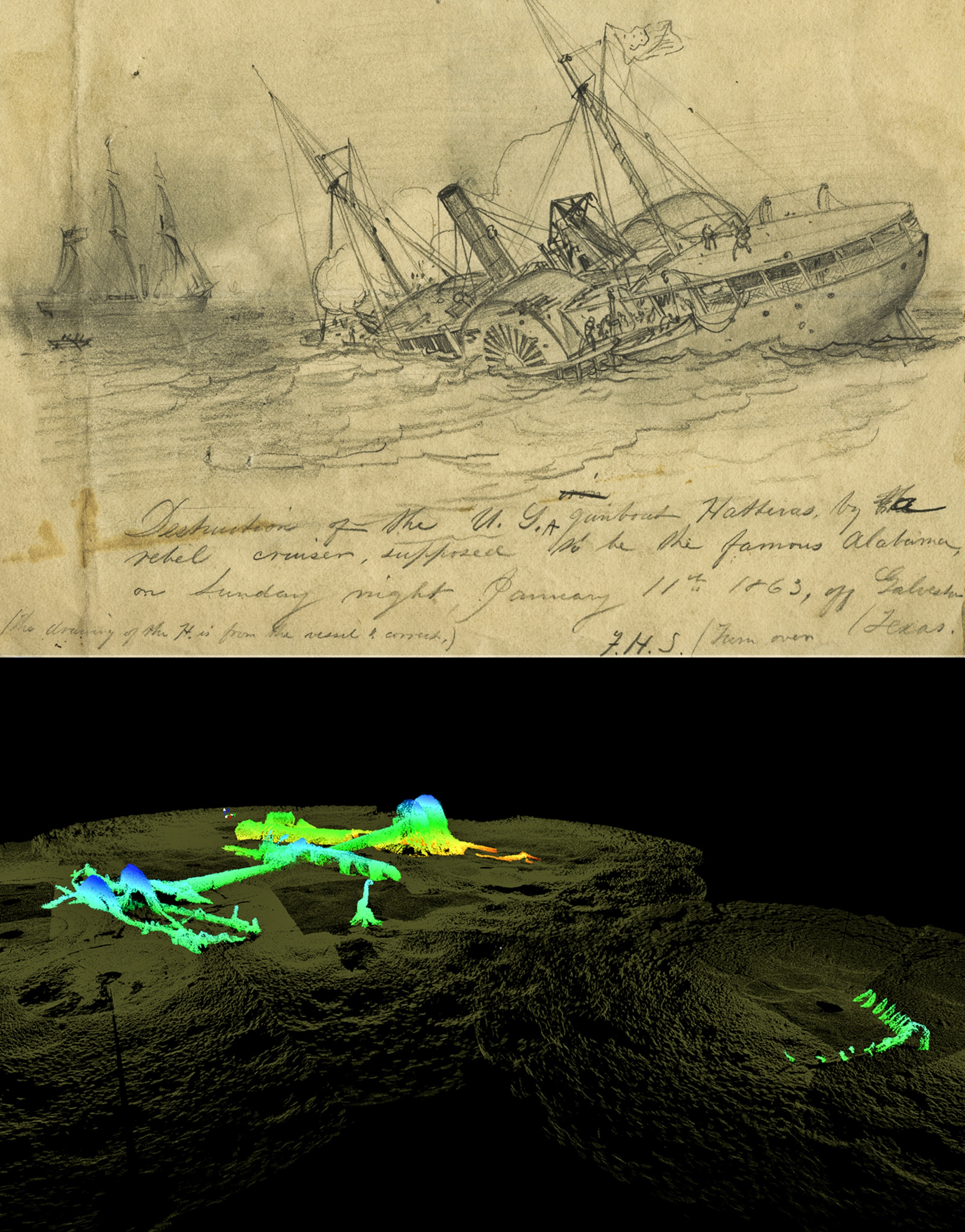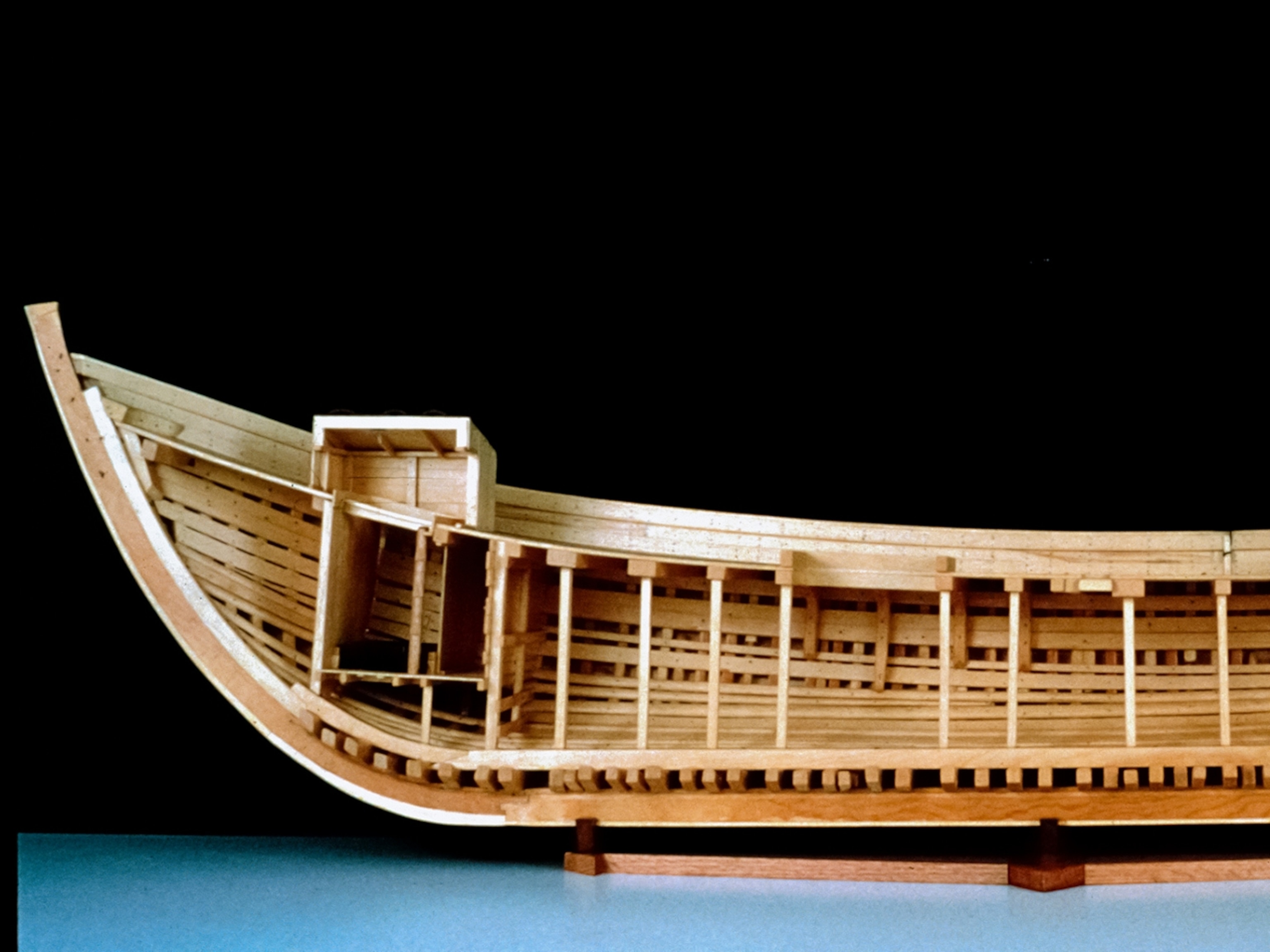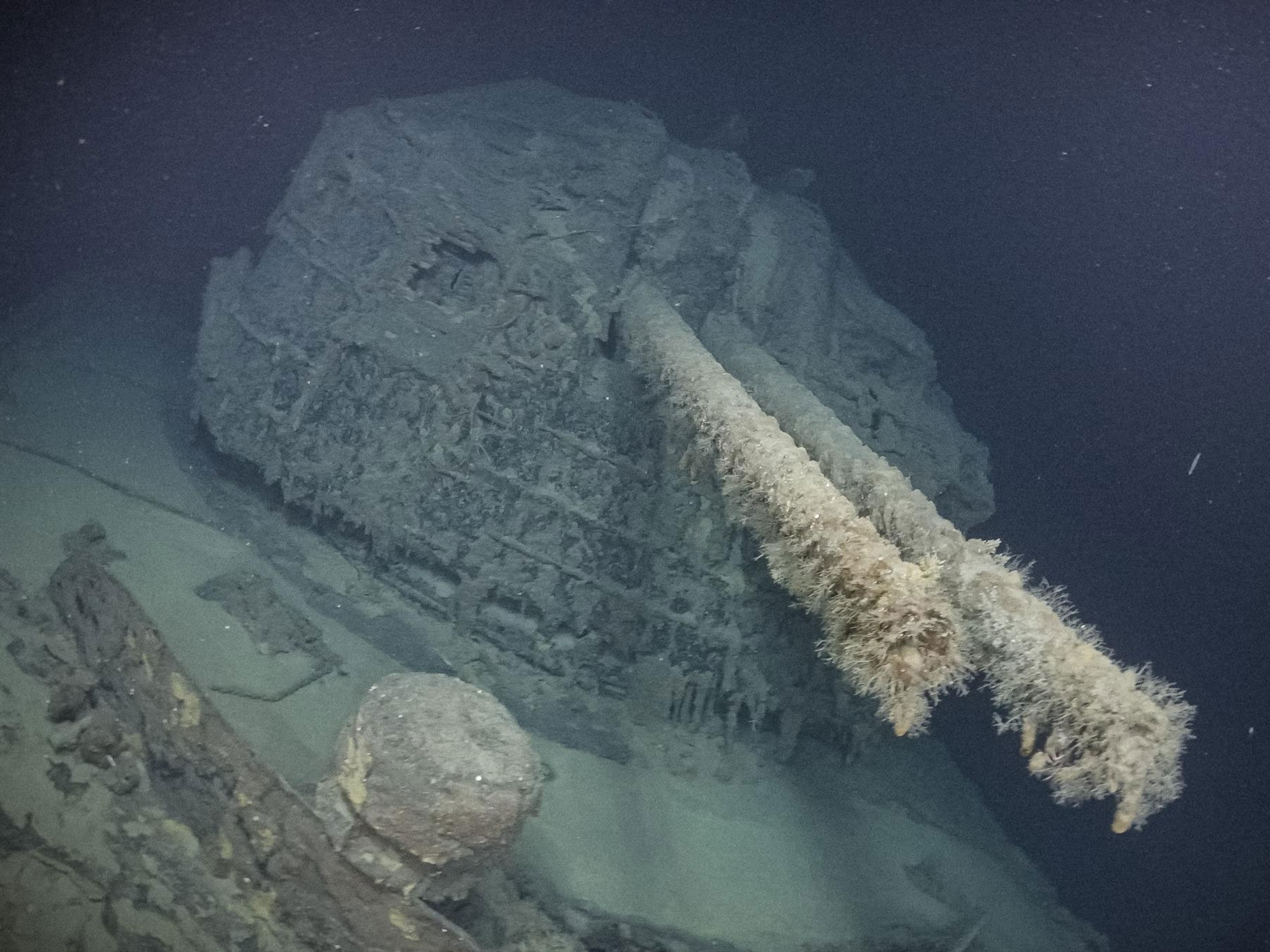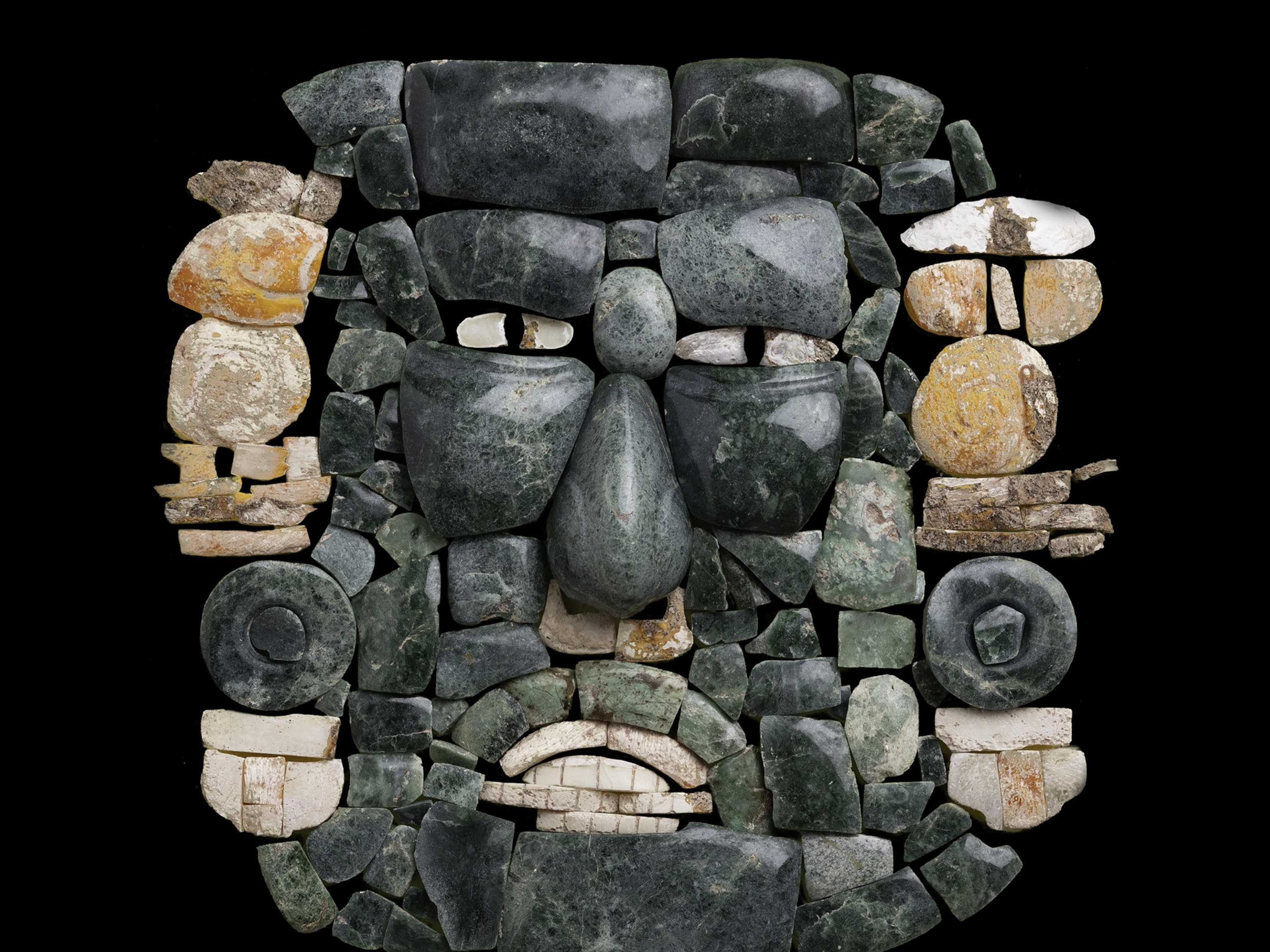Two hundred years ago today, as the United States, Great Britain, and Canada were embroiled in the War of 1812, a sudden storm hit Lake Ontario with a fury. It proved fatal for two of the ships among a U.S. Naval fleet in Sackett's Harbor: the Hamilton and the Scourge.Though nearby vessels managed to save 16 of the crew, at least 53 perished as the ships sank below the waves. The armed schooners came to rest upright and remarkably intact—masts and all—about 1,500 feet (460 meters) apart and 300 feet (90 meters) deep.
The wrecks, discovered in 1973, are the best-preserved examples of their kind, says Parks Canada senior underwater archaeologist Jonathan Moore. Both were originally built as merchant schooners, then modified to serve as warships.
The figurehead on the Hamilton depicts Diana, the Roman goddess of hunting, who was the 67-foot-long (20-meter-long) ship's original namesake when it was built for New York merchant Matthew McNair in 1809. Shortly after the War of 1812 began, the ship was purchased by U.S. Navy Commodore Isaac Chauncey for his fleet on Lake Ontario and renamed in honor of Navy Secretary Paul Hamilton.
—Amanda Fiegl
